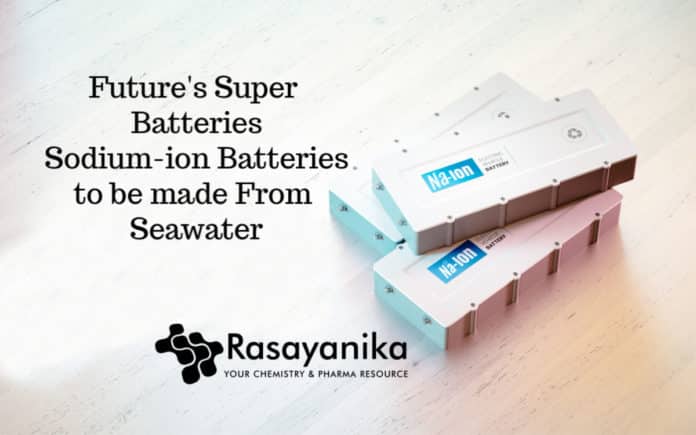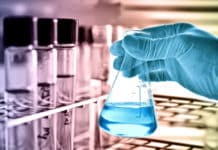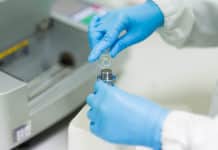Super Batteries To Be Made From Seawater
Future’s Na-ion Batteries
Efficient and rechargeable lithium-ion (Li-ion) batteries are being used everywhere from laptops to smartphones and even in electric cars.
However, lithium is not available in abundance, it is a limited resource and hence satisfying the world’s growing demand for relatively cheap batteries will be a challenge. Therefore, scientists are now on the lookout for Li-ion battery alternatives.
Replacing lithium with the metal sodium for making Na-ion batteries seems to be a promising alternative. Sodium can be easily extracted as it is found in large quantities in seawater.
At the University of Southern Denmark, from the Department of Physics, Chemistry, and Pharmacy, Dorthe Bomholdt Ravnsbæk, the research leader says, “The Na-ion battery is still under development and scientists are working on making batteries that can deliver many watts, on lowering its charging time and on increasing its service life.”
To replace today’s’ widely used Li-ion batteries, she and her team are preoccupied with developing better and new rechargeable batteries.
There must be better electrode materials developed for the Na-ion batteries to become an alternative. She and her colleagues from the Massachusetts Institute of Technology and the University of Technology, USA, are
working on this in a new study which the journal ACS Applied Energy Materials published.But first, how good are these Na-ion batteries and why is it considered to have the potential to become the next big battery success?
Dorthe Bomholdt Ravnsbæk explains, “Very large quantities of sodium found in seawater and it being a very readily available resource is an obvious advantage of using sodium whereas on the other hand, only in a few places in the world, lithium can be mined and it a limited resource.”
Cobalt is still needed in Li-ion batteries while Na-ion batteries do not need cobalt. This serves as another advantage because to make Li-ion batteries, the majority of the cobalt used today are mined in the Democratic Republic of Congo, where child labor and disorganized mining create moral qualms and uncertainty regarding the country’s cobalt trade.
Another added advantage is that at the same factories that make Li-ion batteries today, the Na-ion batteries can be produced.
A new electrode material based on phosphorus, manganese, and iron has been investigated by Dorthe Bomholdt Ravnsbæk and her colleagues in their new study.
The addition of the element manganese, which increases the battery’s capacity, likely to deliver more watts giving the battery a higher voltage (volts) is the new thing about the material because the transformations that occur at the atomic level during the charge and discharge are significantly changed by the element manganese’s presence.
Dorthe Bomholdt Ravnsbæk says, ” It is very surprising to see the effect retained in a Na-ion battery since the interaction between the Na-ions and electrode is very different from that of Li-ions even though similar effects have been seen in Li-ion batteries.”
As there are still some challenges to be solved, she will not try and predict when we can expect to find seawater-based Na-ion batteries in electric cars and our phones.
Making small Na-ion batteries is one of our major challenges as it is difficult to make small Na-ion batteries while large batteries will also have value, for example, in solar energy or in storing wind.
Inauguration of such a huge 100 kWh Na-ion battery was done at the Yangtze River Delta Physics Research Center to be tested by Chinese scientists in 2019. Supplying power to the building that houses the center, the large battery consists of more than 600 connected Na-ion battery cells. Surplus current from the main grid is the current stored in the battery.
Super Batteries To Be Made From Seawater. Future’s Na-ion Batteries Source

















































